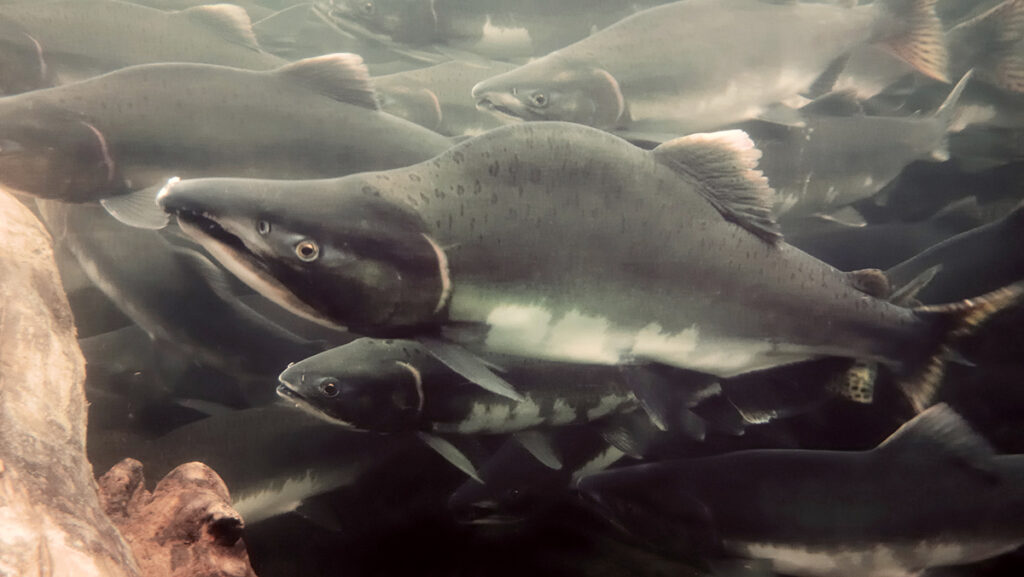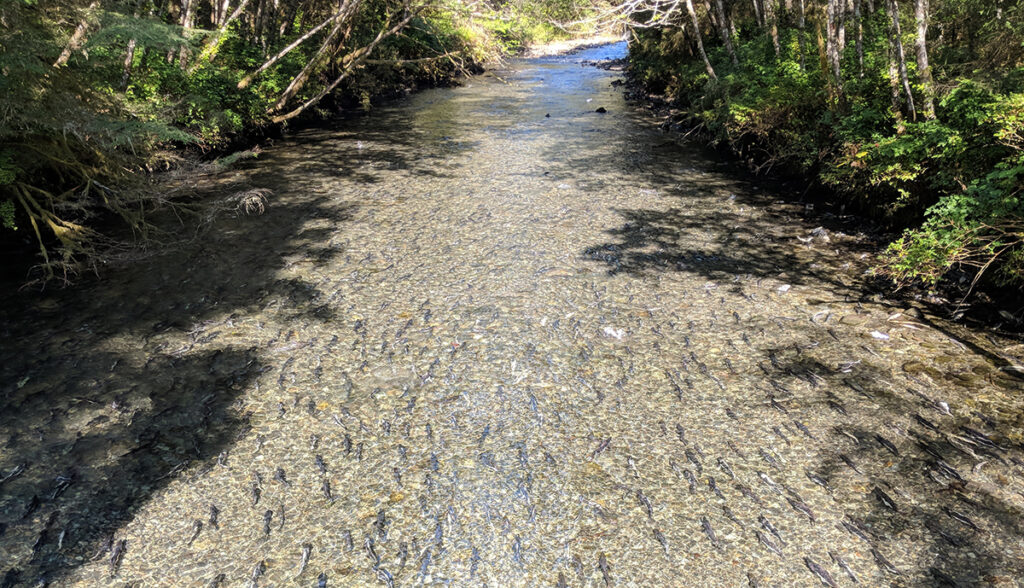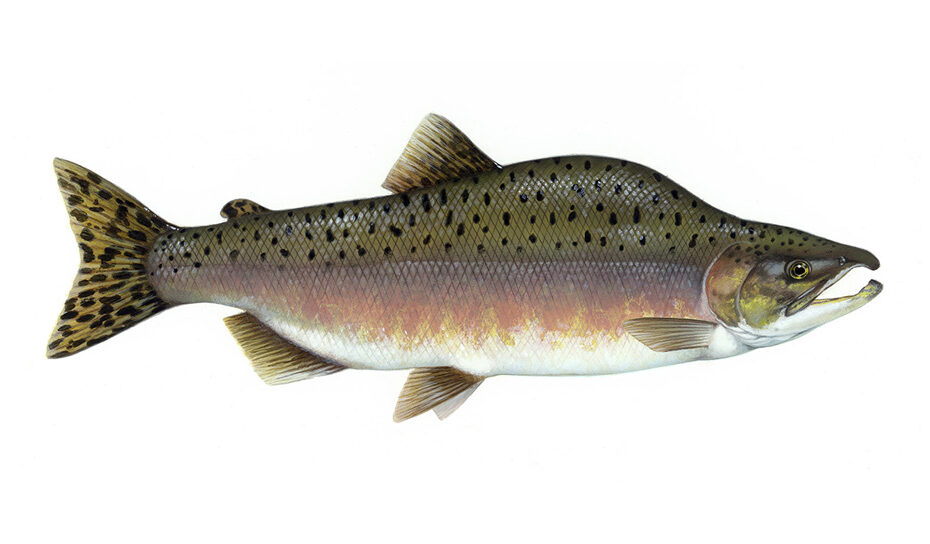Overview of Pink Salmon
Pink salmon, scientifically known as Oncorhynchus gorbuscha, exhibit fascinating characteristics and a unique 2-year life cycle. These remarkable creatures are often called humpback salmon or humpies due to the pronounced hump on mature males. Pinks primarily inhabit North America and parts of Asia.
Pink Salmon Range
In North America, pink salmon range spans from north-central California to the Mackenzie River. However, the majority are found from the Salish Sea to central Alaska. While they are rare south of Puget Sound and north of Norton Sound, small populations can also be found in the Arctic Ocean and Kotzebue Sound.
In Asia, pink salmon thrive along the continental side of the Sea of Okhotsk, the Kamchatka Peninsula, Hokkaido, and even in smaller populations in Korea and the Arctic.
To the chagrin of many, pink salmon have expanded their range into the Arctic. They’re now naturally reproducing in some rivers in northern Scandinavia.
Lots of Humpies
One notable fact about pink salmon is their incredible abundance. They are the most plentiful salmon species.

Size and Morphology
At maturity, pink salmon are relatively small compared to their counterparts, with slim bodies optimized for marine locomotion.
Their coloration undergoes changes as they progress through different life stages. Subadult pink salmon are silvery which aids in open water countershading. They also exhibit large, indistinct spots on their tail and back.
When it comes to maturity, pink salmon exhibit distinct physical characteristics. They range in color from grayish-olive to light purple, with white bellies and spots. Male pink salmon possess pronounced dorsal humps and elongated jaws, setting them apart from their female counterparts.

Pink Salmon Life Cycle
The life history and reproductive cycle of pink salmon are intriguing. They are semelparous, meaning they spawn once and then perish. Spawning occurs in rivers close to the ocean.
Pink salmon produce relatively small eggs, and their emerging fry measure between 29mm and 33mm. Unlike other salmon species, they do not display parr marks during this stage. Immediately after hatching, the fry embark on their migration to the ocean, bypassing the use of freshwater environments for rearing.

Pink salmon are anadromous, meaning they migrate to the sea. In certain cases, they have been introduced to large lakes, such as the Great Lakes, through human intervention. Offshore migration is a common behavior observed in pink salmon.
While most pink salmon reach maturity at two years of age in their native range, there are exceptions to this norm. For instance, odd-year and even-year pink salmon have distinct genetic differences, leading to different maturation patterns. In some watersheds, odd-year pink salmon tend to be larger, despite sharing the same river with their even-year counterparts. Even-year pink salmon dominate in the northern reaches of their range, whereas odd-year salmon are prevalent in the Salish region and areas south of Salish, including parts of Asia. Some rivers exclusively support odd-year or even-year pink salmon populations.
The pink salmon, with its unique life cycle, abundance, and genetic variations, remains an intriguing subject for study and admiration in the world of marine biology.
